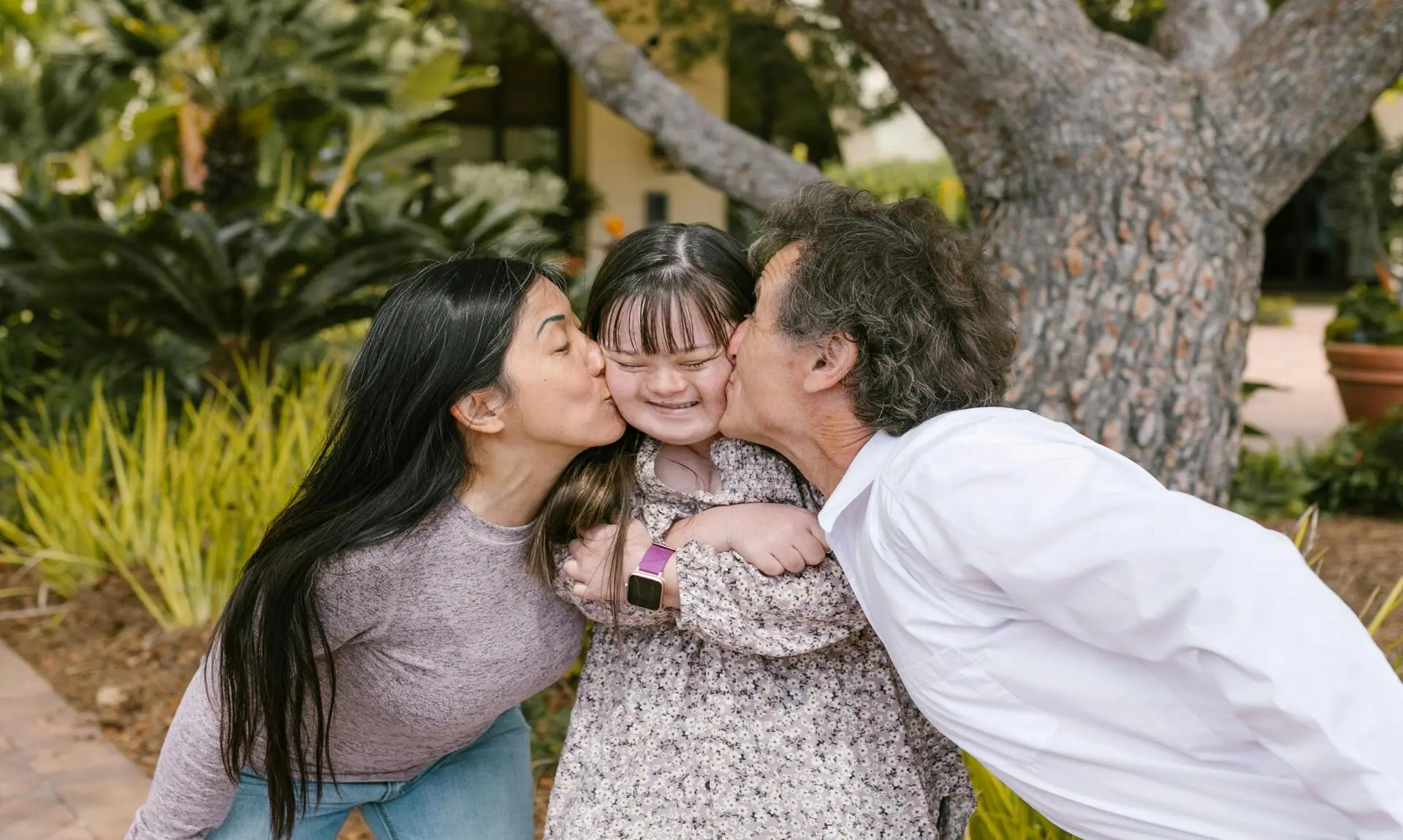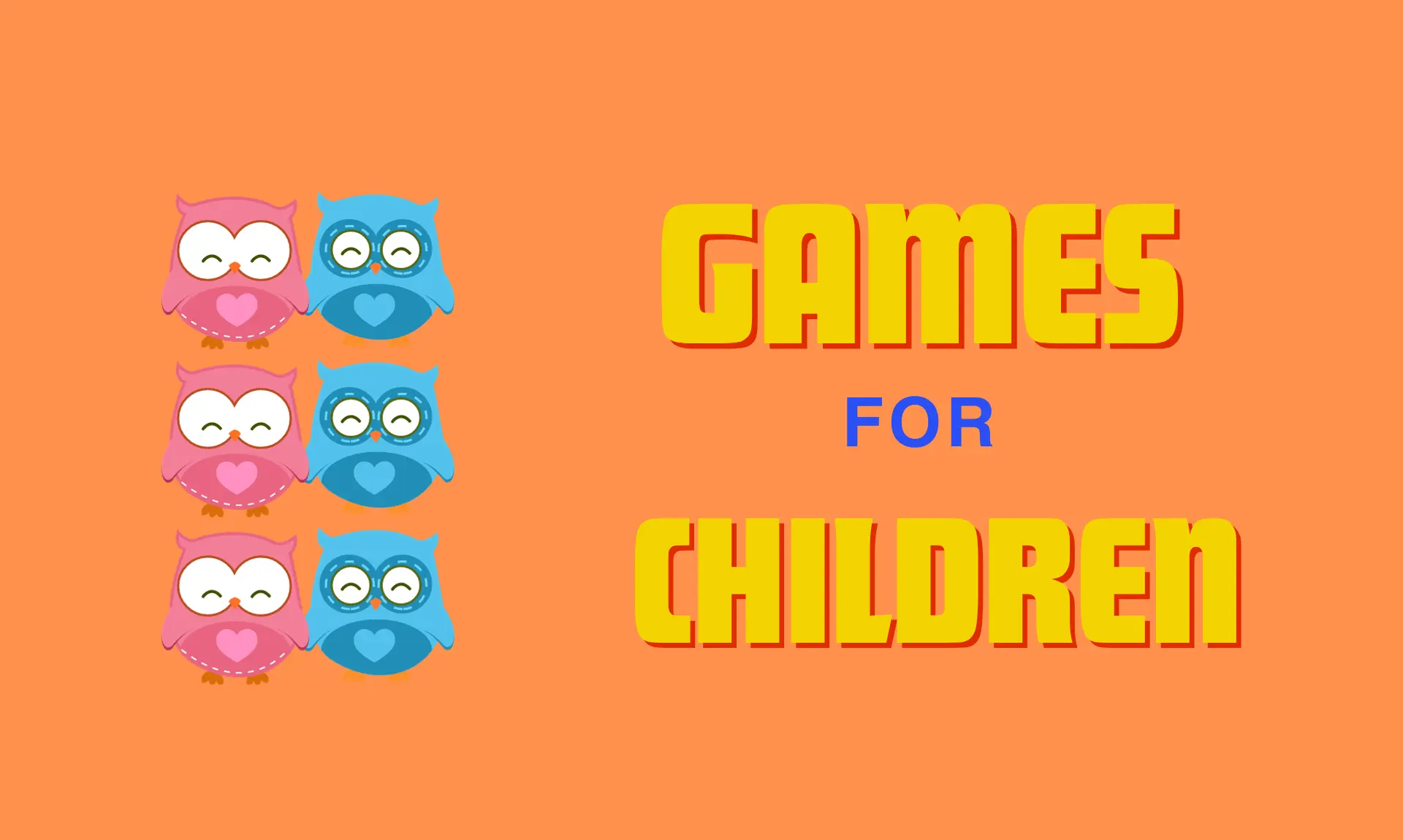Who is an influencer really?
Building Lasting Relationships: A Simple and Effective Article on How to Win Friends and Influence People
In a world increasingly connected through technology, building and maintaining genuine, meaningful relationships has become more important than ever. The timeless advice from Dale Carnegie’s iconic book, “How to Win Friends and Influence People,” remains relevant in today’s society. This blog aims to provide a comprehensive guide on how to apply Carnegie’s principles in contemporary times, incorporating examples, relevant theories, and actionable steps to help readers develop successful relationships.
Understanding the Basics
The Fundamental Principles of Relationship Building
Theory: Social Exchange Theory
Social Exchange Theory posits that individuals seek relationships that offer them the maximum rewards at the minimum cost. In the context of friendship, people are more inclined to befriend those who provide emotional support, encouragement, and positive experiences.
Example: Offering Emotional Support
Imagine a friend is going through a tough time at work. By actively listening, providing empathy, and offering advice, you are investing in the emotional well-being of your friend. This investment builds trust and strengthens the friendship.
The Importance of Active Listening
Theory: Carl Rogers’ Person-Centered Theory
Carl Rogers emphasized the significance of empathy and active listening in building strong relationships. Active listening involves truly understanding the other person’s perspective without judgment.
Example: Practice Reflective Listening
When your friend shares a concern, reflect their words back to them, showing that you understand their feelings. For instance, “It sounds like you’re really frustrated with the situation at work.”
Initiating and Nurturing Friendships
Initiating Conversations
Theory: Uncertainty Reduction Theory
The Uncertainty Reduction Theory suggests that people aim to minimize uncertainty in new relationships. By initiating conversations and getting to know each other, you reduce uncertainties and build rapport.
Example: Engage in Small Talk
Start a conversation by discussing common interests or experiences. For instance, if you both enjoy hiking, ask about their favorite hiking trails or share your own experiences.
Building Trust and Reliability
Theory: Trust Equation
The Trust Equation posits that trust is a combination of credibility, reliability, intimacy, and self-orientation. The more reliable and credible you are, the more trust you build.
Example: Be Consistent in Your Actions
If you commit to a plan with a friend, ensure you follow through. Reliability establishes trust and shows your friend that you value the friendship.
Handling Conflicts and Disagreements
The Art of Constructive Criticism
Theory: Nonviolent Communication (NVC)
Nonviolent Communication focuses on expressing feelings and needs, promoting understanding and empathy even during conflicts.
Example: Use “I” Statements
Instead of saying, “You never listen to me,” try expressing your feelings using “I” statements like, “I feel unheard when my opinions are interrupted.”
Forgiveness and Moving Forward
Theory: Forgiveness Theory
Forgiveness is a crucial aspect of maintaining relationships. Forgiving others allows for healing and growth, ultimately strengthening the bond.
Example: Letting Go of Resentment
If a friend has made a mistake, talk openly about how you feel and work towards resolving the issue. Forgiveness paves the way for a healthier and more enduring friendship.
Enhancing Communication Skills
Verbal and Nonverbal Communication
Theory: Albert Mehrabian’s Communication Theory
Mehrabian’s theory suggests that only 7% of communication is verbal, while 38% is vocal (tone, pitch) and 55% is nonverbal (facial expressions, gestures). Mastering all these aspects is vital for effective communication.
Example: Pay Attention to Nonverbal Cues
During a conversation, observe your friend’s body language and facial expressions. This allows you to gauge their true feelings and respond accordingly, enhancing understanding.
The Art of Persuasion
Theory: Robert Cialdini’s Principles of Persuasion
Cialdini’s six principles—reciprocity, consistency, social proof, liking, authority, and scarcity—can be applied to win friends and influence people positively.
Example: Reciprocity in Action
Offer help or support to a friend without expecting anything in return. This act of kindness encourages them to reciprocate, strengthening the friendship.
Conclusion
Building and maintaining meaningful friendships requires effort, empathy, and effective communication. By applying theories and concepts from psychology and communication studies, we can enhance our ability to win friends and influence people positively. Remember, a genuine and caring approach towards others will pave the way for lasting, fulfilling relationships in both personal and professional spheres.
latest video
news via inbox
Nulla turp dis cursus. Integer liberos euismod pretium faucibua





